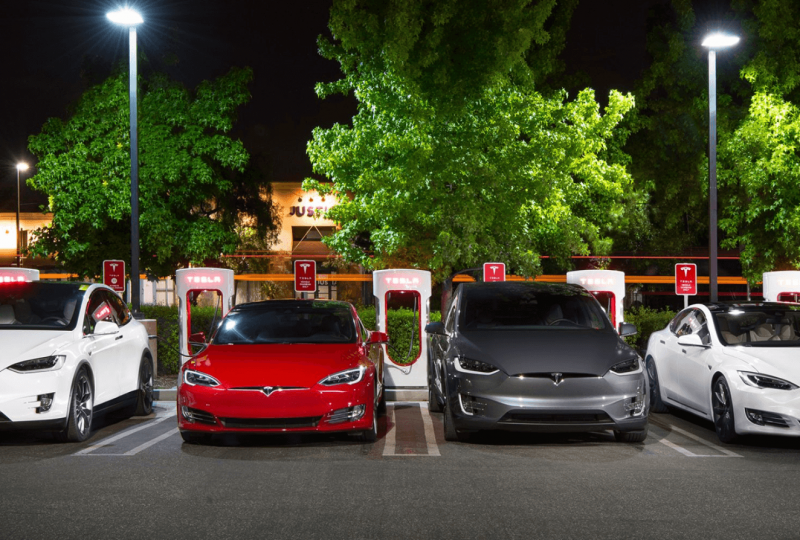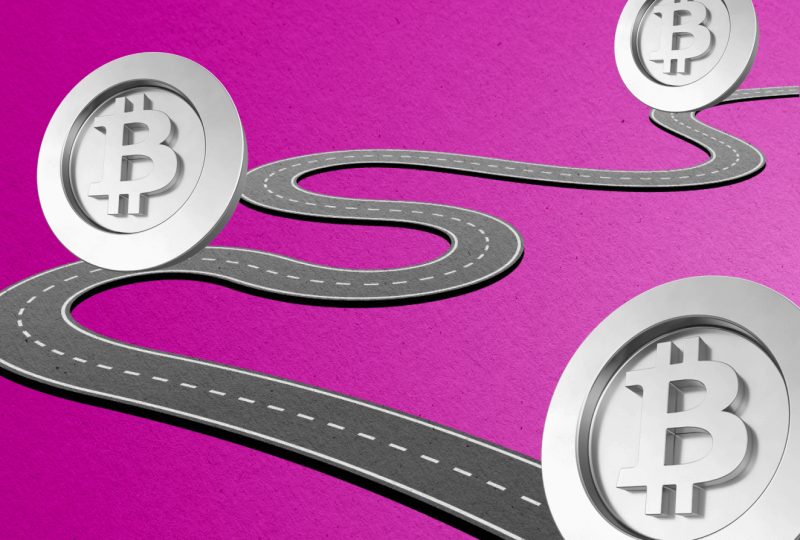Tesla Could Be Expanding Its Charging Network. Why That Dangerous Move Is Justifiable
Aug 19, 2022

Tesla appears to be expanding its charging network to include drivers of other EVs. Tesla's changing charging strategy was not announced officially by the business. It was delivered via Twitter. This feels fitting considering Tesla CEO Elon Musk's 100 million-plus followers and his propensity to utilize social media to remark on what's happening at the firm, among other things.
On Wednesday, Tesla investor Sawyer Merritt revealed the story, which was picked up by various media sources. Merritt is active on social media, usually tweeting about Tesla. He has around 280,000 followers on Twitter.
Tesla did not reply to a request for comment on the modifications to the charging network.
On Thursday, Merritt informed Barron's that the option to charge non-Tesla EVs was still present in the Tesla app. We downloaded the app and discovered the option for non-Tesla owners to charge, but when we attempted in Fairfield County, Conn., the app indicated there were no Tesla chargers nearby for non-Tesla users.
Tesla appears to be progressing slowly with the non-Tesla EV charging plan. That plan looks to be moving to the United States. Musk has stated that Tesla will most likely enable non-Tesla vehicles to utilize its network, and the business announced a test operation in Europe in November 2021.
The reason a non-Tesla driver would wish to access the Tesla network is self-evident. Tesla has one of the most extensive networks of fast chargers on the globe. Fast chargers may provide 50 or 100 miles of range in minutes, which is far faster than recharging via a wall outlet at home.
Tesla has several motivations to increase network availability. Not only does having more customers for the chargers increase income, but opening up the system certainly makes it simpler to receive federal funding meant for constructing EV-charging infrastructure. More revenue and cheaper capital expenditures add up to a fairly excellent deal.
Overuse of chargers does not appear to be a concern across the Atlantic, where the pilot began. Of course, Tesla risks annoying Tesla drivers if all of its charging stalls are full of Chevy Bolt EVs when they pull up to charge. That is a serious risk, but EV penetration in Europe is far higher than in the United States.
Tesla did not answer a separate question concerning utilization or government funding.
It's difficult to tell how much Tesla's sales and profitability may increase by allowing other cars to utilize its network. According to Goldman Sachs analyst Mark Delaney, it may contribute $1 billion to $3 billion in revenue over the next few years. This revenue might add around 75 cents to earnings per share.
Tesla is forecast to earn more than $20 per share by 2024, so 75 cents isn't a big deal. Nonetheless, it can't harm.
In Thursday's trade, the stock was down 0.3%, while the S&P 500 was down 0.2%. The Nasdaq Composite was unchanged.




